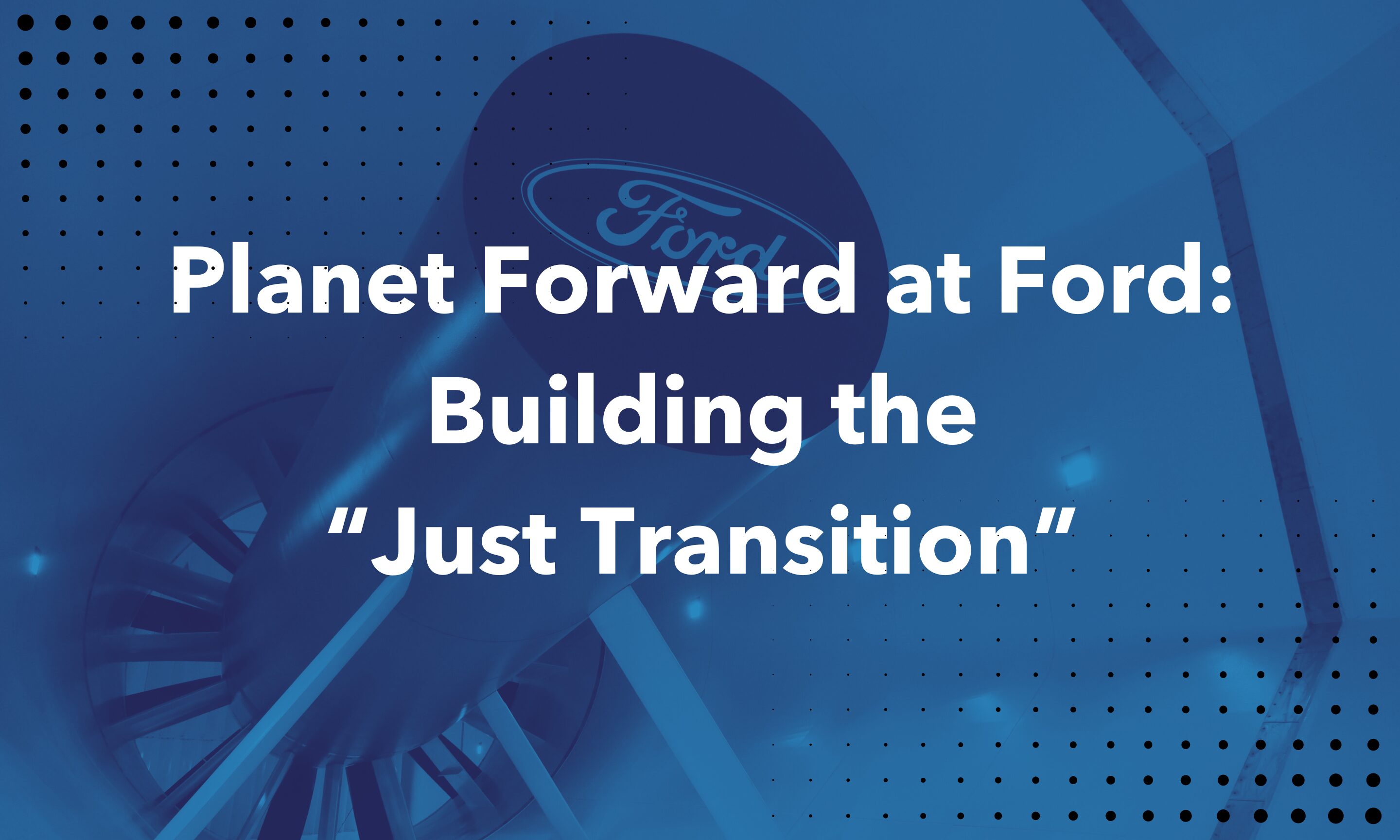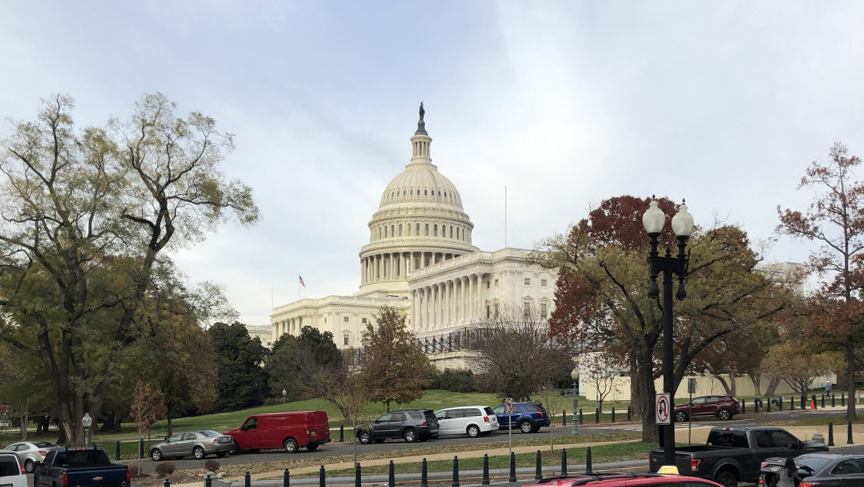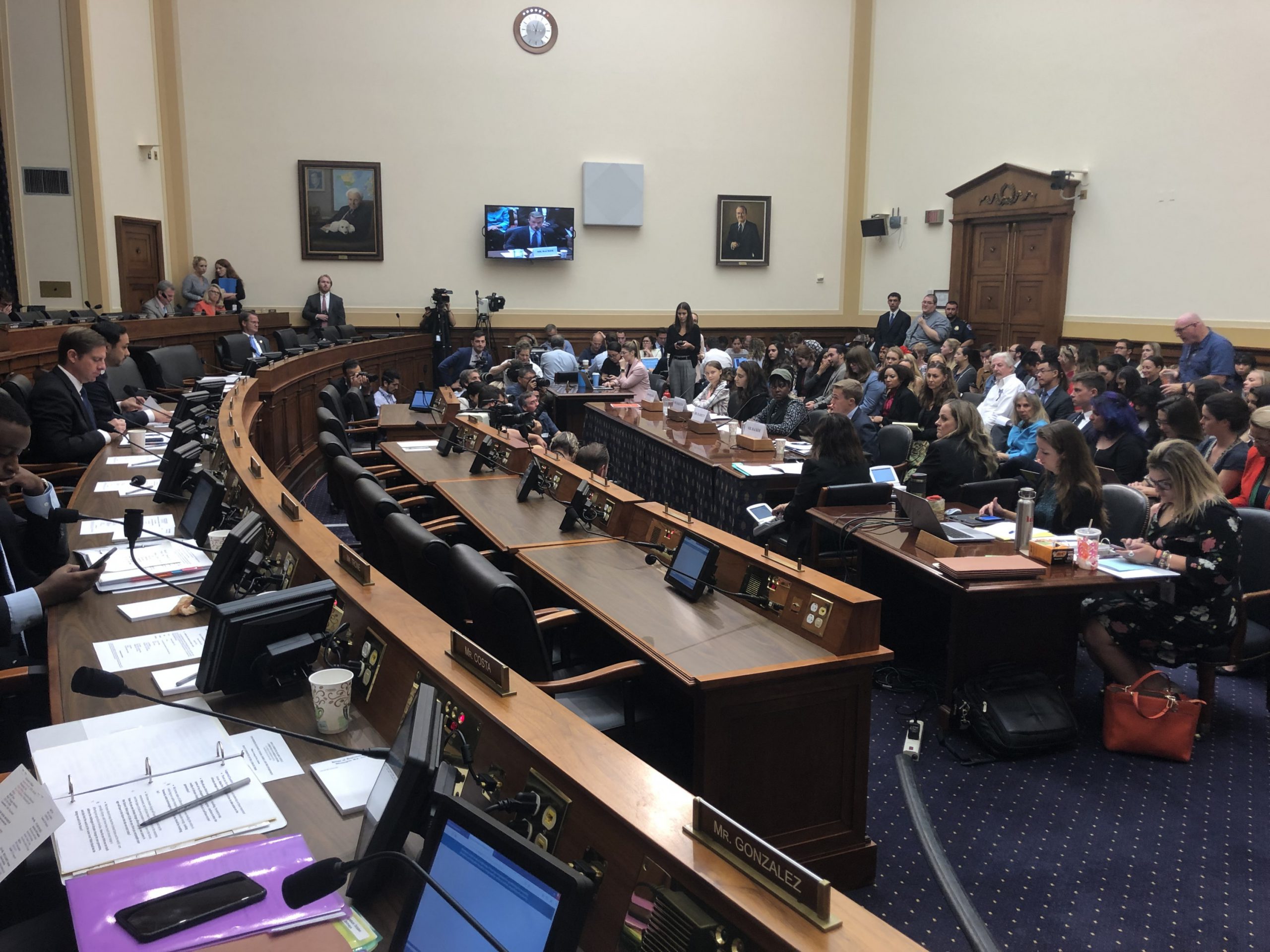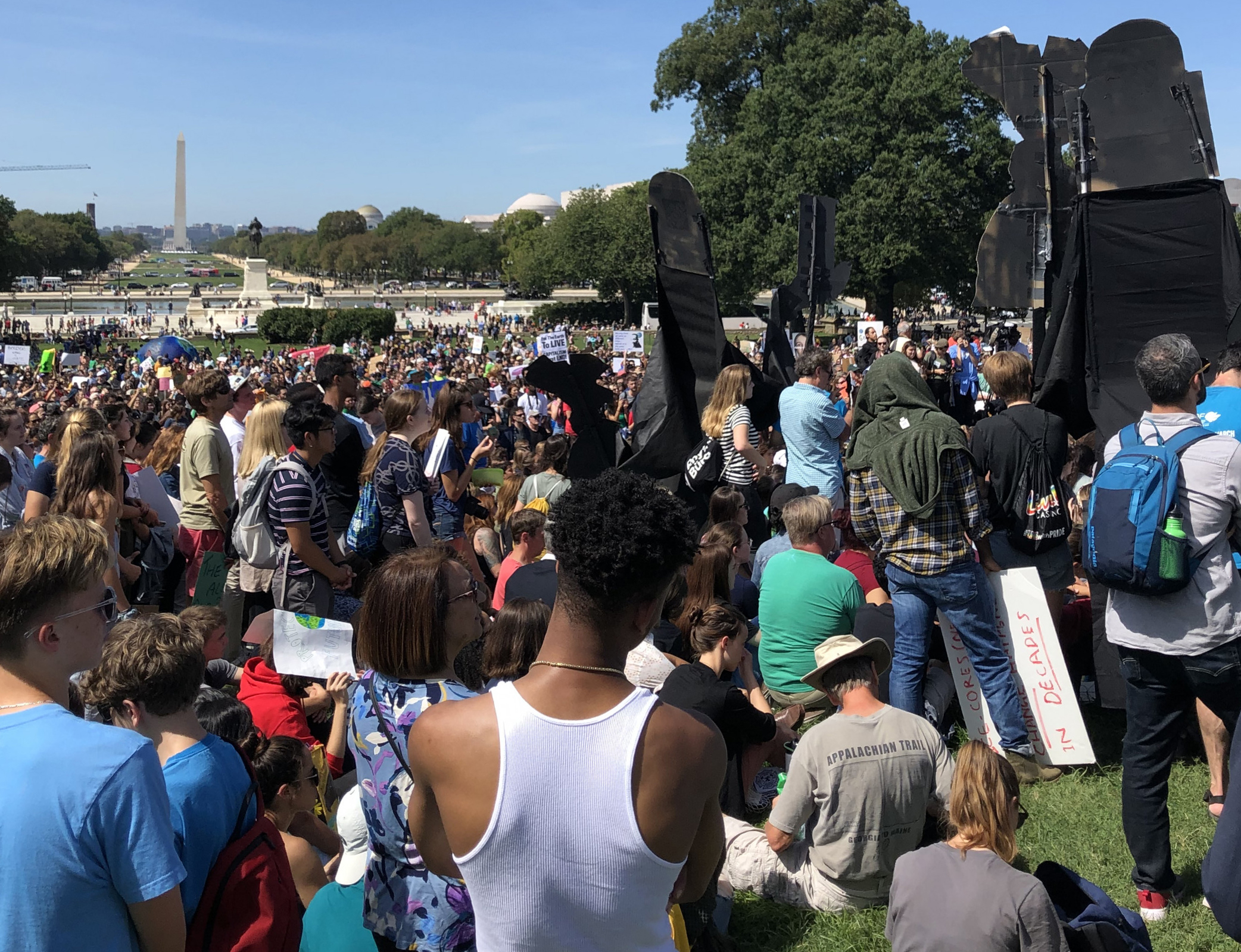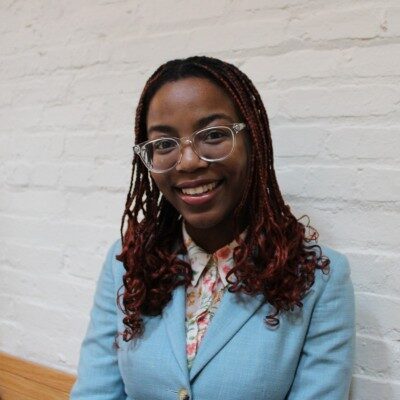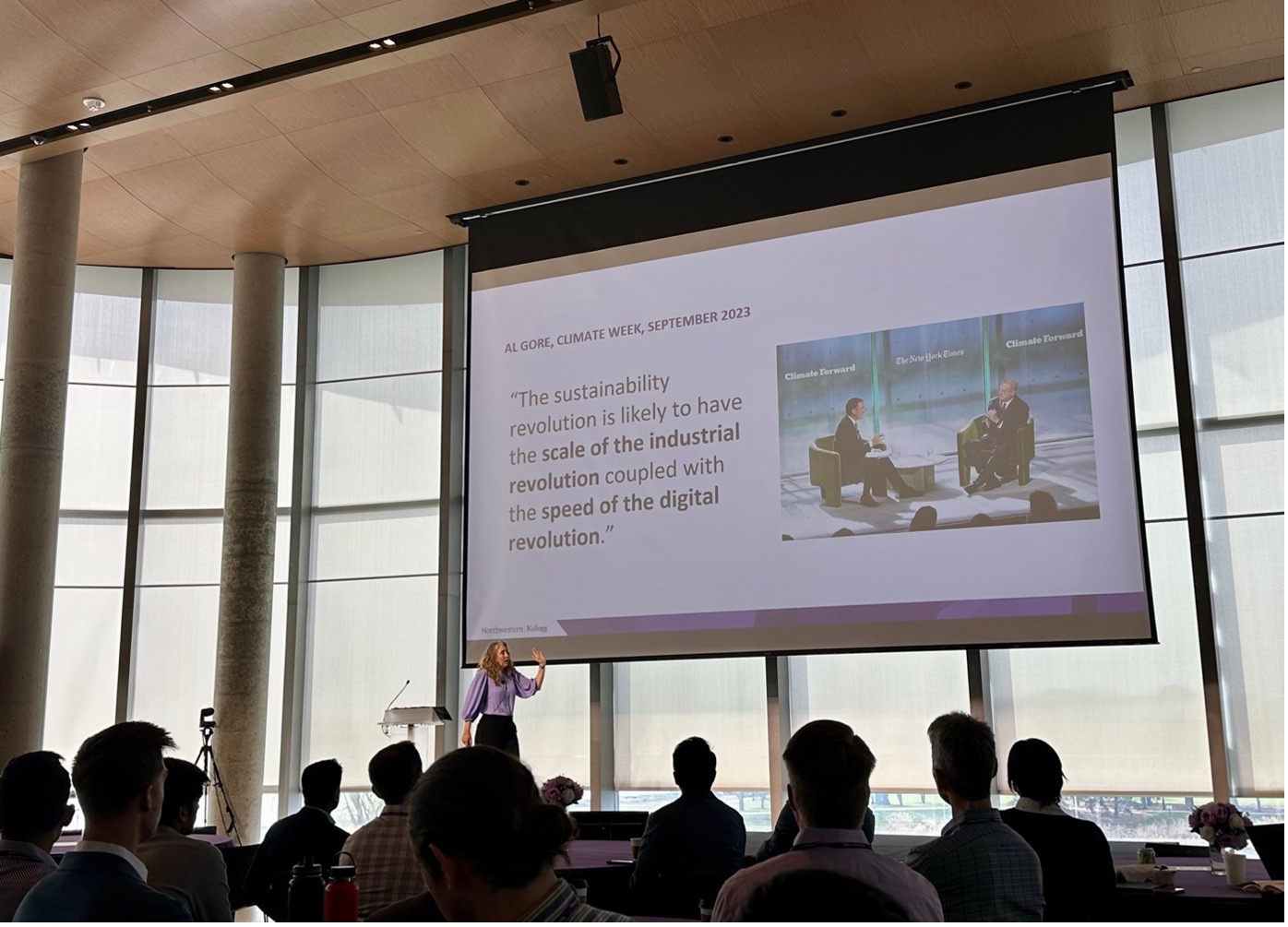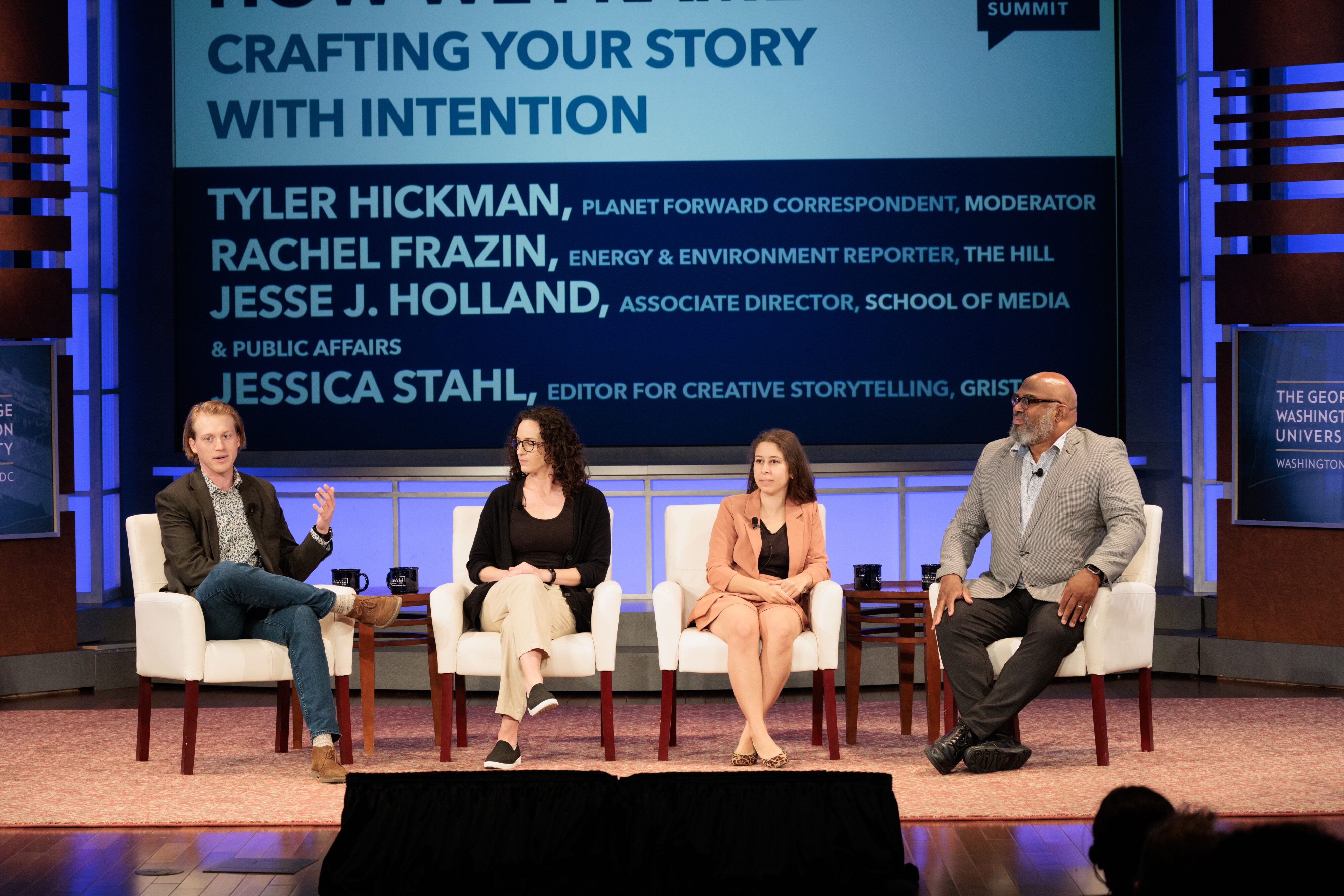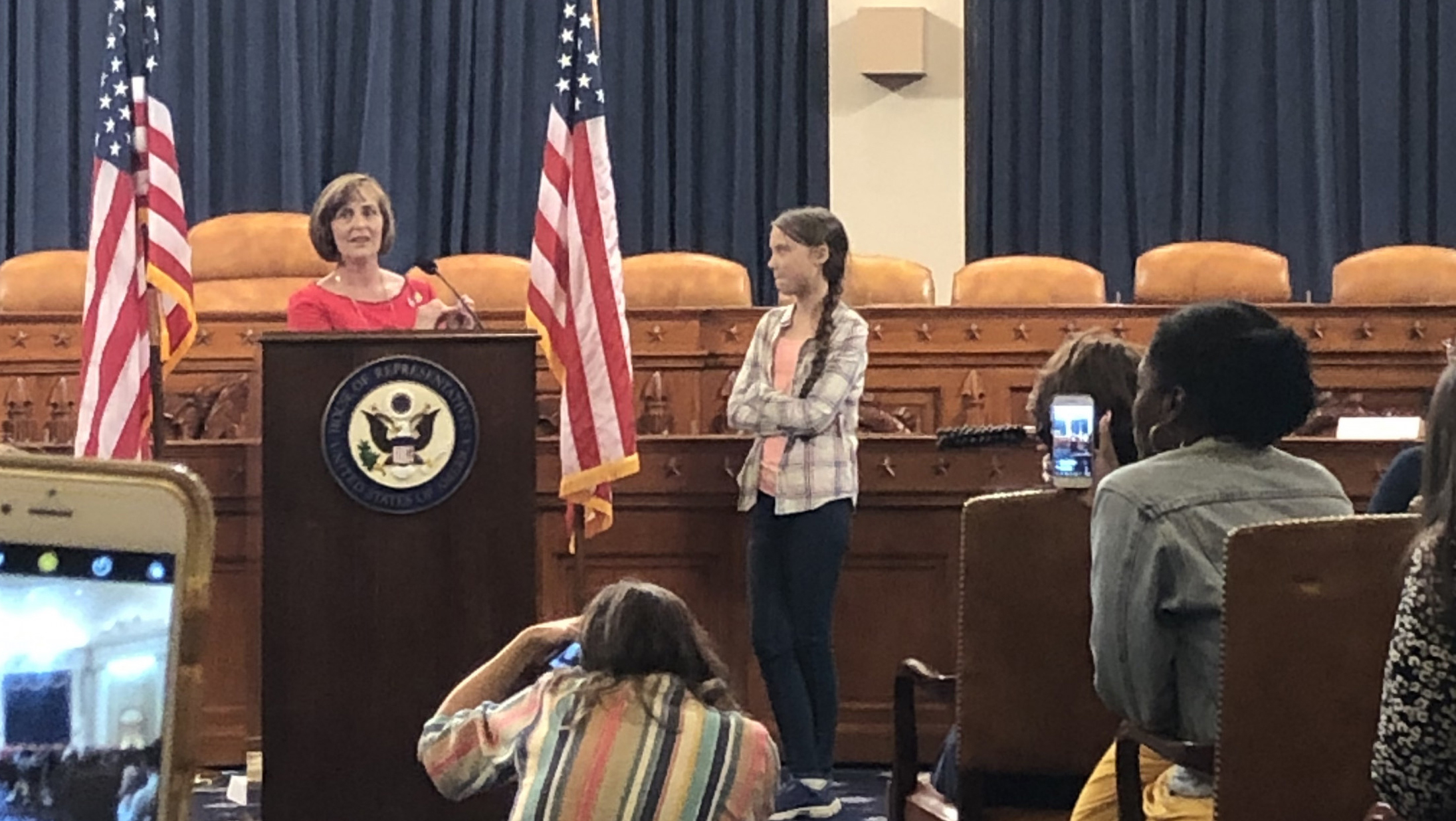
Approaching climate with a youth’s perspective

This past year has been nothing short of thrilling in terms of climate activism. Perhaps due to viral videos or a belief in science, people all around the world have been urging their respective governments to implement legislation that will address the biggest obstacle of our time: the climate crisis. However, bipartisan support, completing target goals, and a method to achieve funding for “green” projects remain critical issues left unsolved. Only when both parties can agree on ambitious and well-funded solutions to this huge issue can real change occur, but there is hope.
Environmentalism, often seen as an older version of climate policy, was not always partisan. According to a Washington Post article in 2014, environmentalism was a bipartisan issue until recently. For example, the Clean Air Act of 1970 was passed with only one member of Congress voting no. Whether it was President Roosevelt and his repartee with conservation or George W. Bush’s campaign to expand the Clean Air Act, all parties have supported some form of sustainability. Despite the seemingly high tension between both parties in terms of climate policy, there is a hope to get back to what this country once was: cooperative and unified.
I began an internship this semester for the House of Representatives’ Select Committee on the Climate Crisis. This committee was established via House Resolution 6 and was finally adopted in January of 2019 by Speaker Nancy Pelosi. Under this resolution, the sole authority of the committee “shall be to investigate, study, make findings, and develop recommendations on policies, strategies, and innovations to achieve substantial and permanent reductions in pollution and other activities that contribute to the climate crisis which will honor our responsibility to be good stewards of the planet for future generations.” If Congress follows these recommendations when they are brought to the floor in March, systemic reform can commence.
These past few months have allowed me the opportunity to witness change on the front lines of Congress as well as meet and talk to some of the most relevant names in recent climate policy discussions. Whether I meet a liberal, conservative, libertarian, or any political faction, each experience has taught me to approach climate with a youth’s perspective.
In mid-September, one of the most prominent faces in climate activism came to the U.S to provide a witness testimony on climate activism in a hearing. Greta Thunberg sparked an entire generation to fight climate change and now our committee was holding a hearing for her and other youth activists. Excitement aside, this experience proved invaluable to me because it opened my thinking up to bipartisanship.
Coming from a rural town in New Jersey, political support always was divided between Republicans and Democrats. Thus, it’s safe to say everybody loves to argue and I was used to this harsh political division because it seemed normal. However, when I helped put together the hearing I read the witness list that included people like Benji Backer (a youth conservative from Appleton, Wisconsin), Jamie Margolin (founder of the Zero Hour movement in Washington who uses writing to spread climate awareness), Vic Barrett (a New Yorker who fights for climate justice), and of course, Thunberg. I was excited to see what they had to say, but I was skeptical that young people could actually enact any kind of tangible change. I found out very quickly that I was wrong.
Margolin and Barrett were both phenomenal in how they presented themselves, but they had pretty similar views to what I had already held. For instance, ensuring social inclusion as well as encouraging lawmakers to institute an ambitious goal for a climate solution were both on my agenda already, but nonetheless it was impactful to hear them told to members of Congress. However, Thunberg and Backer provided insights that have since expanded my thinking to bipartisanship.
Backer, the president and founder of the American Conservation Coalition, ended up being someone I look up to and idolize. At first, I was ashamed that a conservative was “going to try and ruin climate progress” and even worse, he was going to encourage fellow students to do the same. In reality, he came into the hearing room with one goal: find a climate solution that works for all. As he questioned the government’s inability to act on the issue, I began to find myself intrigued that a person, whom I thought did not believe climate change was real, could actually bring everyone together.
As Backer concluded his bold testimony, Thunberg began to speak. She rolled her eyes over talk of politics and her braveness to sit in her chair with disgust over inaction on climate legislation could not be matched. Before the hearing, a few congressmen had an opportunity to meet all the witnesses, but only Thunberg refused. She had no desire to talk to people that use gridlock as an excuse for not solving the climate crisis. It was relieving to see that someone young and without much bias shrugged at the idea of political competition over a potential catastrophe.
As I continued my work on The Hill, the craziness never seemed to stop. I witnessed a climate protest in front of the Capitol, saw the Fire Drill Fridays cause in action with Jane Fonda as their fearless leader, and ran across Rep. Alexandria Ocasio-Cortez talking about her Green New Deal. All of these experiences allowed me to not only witness first-hand political frustration, but also have hope for the future of bipartisanship. At the climate protest, the speakers emphasized the need for cooperation among all and preached inclusivity to solve the issue at hand. A man in the crowd said to me: “People are always ahead of the government; we can fix climate change, but gridlock is preventing solutions.” Sadly, money and power make the world go around, but it is going to take accountability, cooperation, and government efficiency to solve this.
Fonda, often seen as a symbol of protest or a meme, surprised me with how she approached the climate crisis. Her passion was not about attention or personal gain. She wanted systematic change because she felt that young people had been disadvantaged by their predecessors. I asked the officer nearby if he thought she was doing it for attention, and he offered a valuable insight. The officer told me that she only got arrested the first week and while it looked like a publicity stunt, she has yet to get arrested since, but still comes. Fonda has not stopped protesting and she even goes back every Friday, week after week. Also, she almost always marches with students and supports a youth’s vision for a climate solution. This proved that if people are so concerned that they are willing to sacrifice that amount of time for protest, maybe some money and a party label are not so important.
Toward the end of my internship I saw the youthful leader who everyone knows as “AOC.” Getting lost attending a briefing at the Capitol I saw a woman much shorter than me, in glasses, and with a camera in her face strut by me with confidence. Once my excitement settled over seeing an idol, I sat close by in the hall to hear what Rep. Ocasio-Cortez was talking about. She was discussing recent backlash by Republicans over her famous Green New Deal. Rather than being radical as some portray her to be, she admitted that a solution will be bold, ambitious, and very expensive. Despite all things wrong with her plan, Democrats cannot fund or solve this problem on their own.
In sum, my experiences working for the Select Committee on the Climate Crisis were beneficial in aiding my understanding of one of the most critical issues of our time. The climate crisis does not have an easy solution, and obstacles are expected to rise in the future. At first, youth activists taught me the power that young people have in uniting the parties, then protests shaped my perspective of the people the government should be protecting, and finally a famous member of Congress solidified my support for bipartisanship.
Half of a solution is not going to work. It is not going to save future generations or preserve resources. It is not going to protect vulnerable groups. It is not going to promote economic development or be sustainable. Unity, compromise, and cooperation are going to fix the climate and help society adapt to change; this requires both parties.





